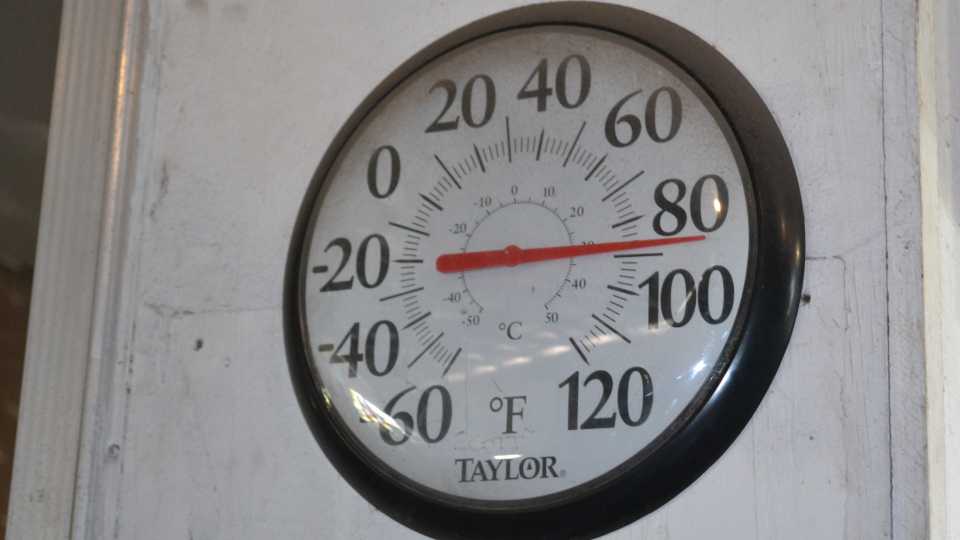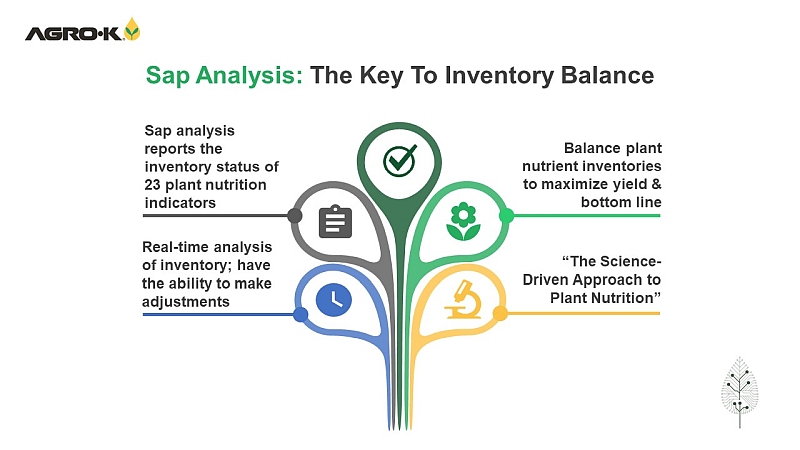Sustainable Ag: Transitioning To A Sustainable Food System
Grower interest in adopting sustainable production practices has increased rapidly over the past few years because profitability has declined as a consequence of the high cost of off-farm chemical inputs. On top of that, consumer demand for more healthy, locally produced food is influencing many growers to use fewer chemicals and more renewable on-farm inputs.
Many innovative growers and agricultural professionals suggest that sustainable crop production is best attained when all people involved with food (growers, suppliers of production inputs, and consumers) are closely connected (integrated) into a sustainable food system (SFS). This new perspective (paradigm) on sustainability makes sense because it involves all aspects of food security and, therefore, has the greatest chance to succeed.
Conversion to a SFS is a long-term process — not simply a one-time/one-change phenomenon; it requires both time and persistence. The evolutionary process toward sustainability normally involves four approaches (levels).
This article will briefly define each level and identify its relevance and relationship to the overall goal — which is to attain a “sustainable food system” that relies heavily on interactions (synergies) between all components of the food system.
Becoming Sustainable
Level 1. Increase input-use efficiency. Any practice that precision applies production inputs (water, nutrients, and crop protectants) generally will use less fuel and materials per acre, resulting in less environmental pollution and increased input-use efficiency and net profit. Input-use efficient practices include drip irrigation, fertigation, and IPM for weeds, insects, and disease pathogens.
Level 2. Substitute renewable eco-friendly for non-renewable eco-harmful inputs. This approach to sustainability is used extensively by organic growers, as well as many conventional growers who choose to reduce their dependence on chemical-based fertilizers and pesticides. Common substitution practices — that increase use of renewable resources — include application of compost and manure, growing cover crops during the off-season, and implementing conservation biological pest management strategies such as farmscaping.
Level 3. Restore and conserve soil health. Implementing approaches 1 and 2 can help restore degraded soils. However, too often, growers get stuck at levels 1 or 2 and fail to adopt conservation agricultural (CA) systems that will allow a full restoration of soil health.
Level 4. Develop a sustainable food system. Level 4 sustainability requires development of food relationships and accountability throughout a community and thus involves generating and recycling renewable production inputs in a relatively defined land area such as a cooperative, city, county, or region. Community-wide acceptance of sustainable food systems can help create a government-sponsored “land ethic,” in which everyone is responsible for the health of the land.
The “land” is defined as the soils, waters, plants, and animals in a community. Such a sustainable food system would produce its own inputs and biofuels and thus would have the capacity for self-renewal. Conservation would be the collective effort of the entire community to understand and preserve this capacity. The emerging trend toward consuming locally grown food is a strong consumer-driven force for level-four sustainability.








